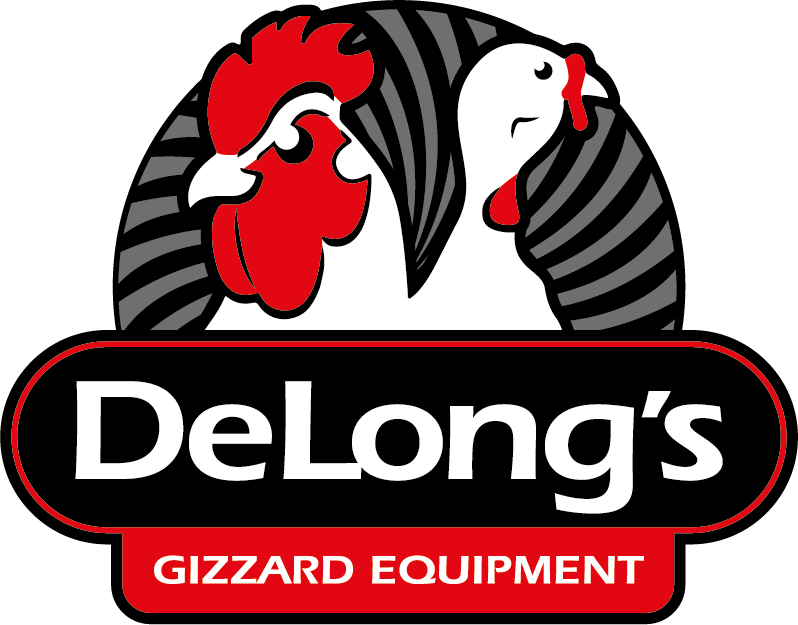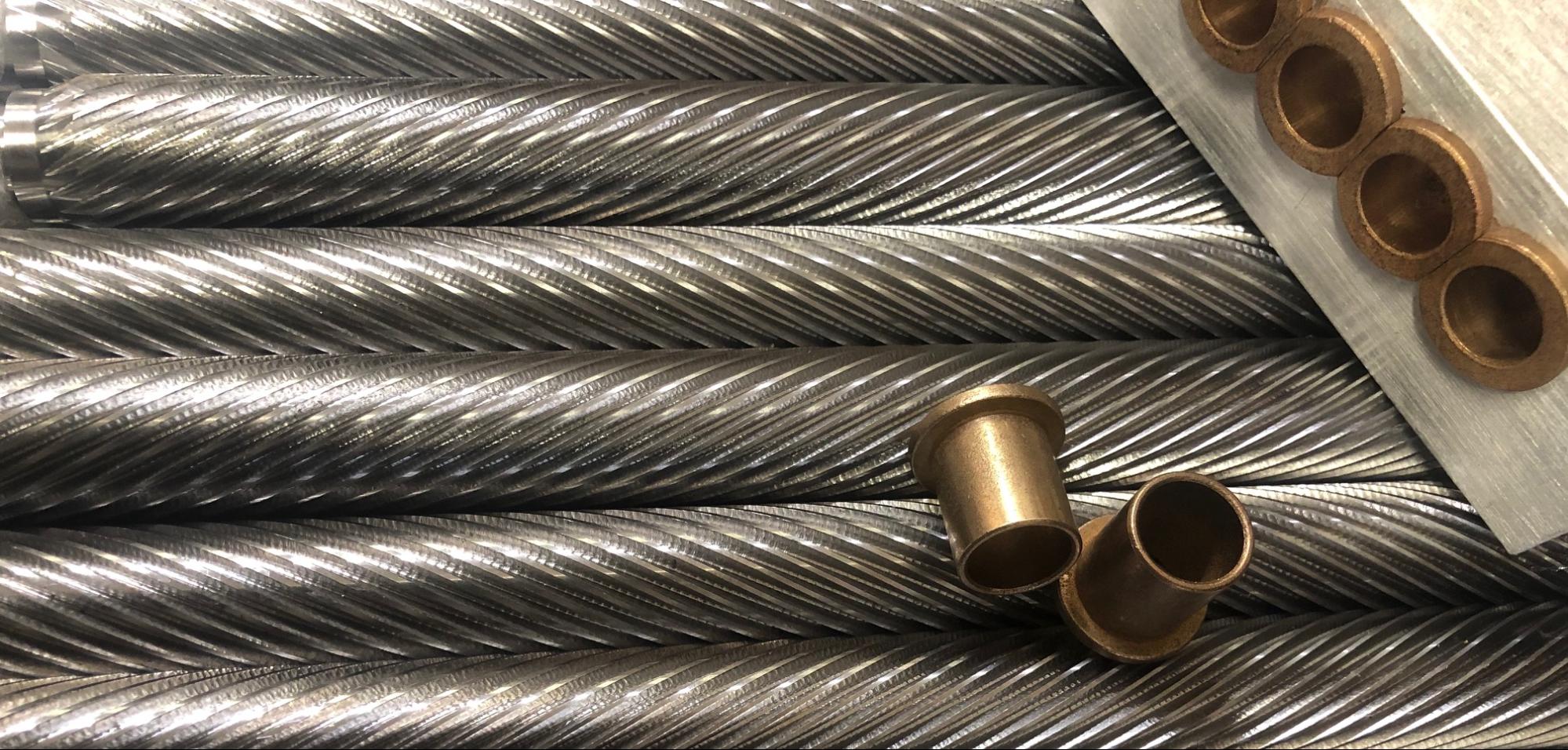
19 Sep How Poultry Plants Can Be More Economically Sustainable
In the world of modern business, environmental sustainability is more important than ever. Green initiatives and environmental awareness have never been more popular, and companies can get great visibility just by showing that they care.
But what about economic sustainability? In years past, saving the trees meant cutting the profits, so many managers found themselves in a conundrum.
However, managers should no longer ask themselves this question: these days, sustainability is so important not only because it’s become a hot-button issue in general, but also because it saves plants money. Sustainability means better profit and better environment, so conservation is ALWAYS the right answer.
Here are some important factors to keep in mind for poultry production managers looking to create more economically-sustainable facilities:
Audits
You won’t be able to make any meaningful gains to sustainability if you can’t first determine exactly how much energy you’re already using. Resources like running water and electric lighting are now so cheap and so commonplace that many of us don’t think about the cost of using them – until the power bill shows up at the end of the month.
In the business realm nothing comes for free, and even cheaply-available resources can still come with a high price tagwhen used by an entire poultry production plant. That’s why, before you take any action, you should perform an audit of your entire facility to see exactly how much water, electricity, and other resources you’re currently using.
After a facility-wide audit has been performed, it’s time to start looking at the budget and seeing where gains can be made.
Waste Reduction
Once you have a good picture of your plant’s current energy consumption, the first course of action should be finding any and all ways you can cut down on waste. Unfortunately, no system is perfect, meaning some waste will be inevitable; however, by making a conscious effort to eliminate waste as much as possible can still result in big savings over time.
Some simple and easy steps you can take include installing guard rails on conveyors to ensure that proteins and animal parts don’t drop on the floor. Likewise, by installing drip buckets underneath conveyors and machinery, you can harvest some of the water that spills over during these process it and re-use it as red water for the chiller.
As you’re making your audit and re-examining your budget, look for any areas such as these where you can reduce waste and reuse materials without sacrificing the quality of the finished product.
Energy-Efficient Systems
If you’ve taken all the right steps toward waste reduction but still aren’t where you want to be, it might be time to consider investing in more energy-efficient systems throughout your facility. With the right energy- saving equipment in place, environmental stewardship, water conservation, and a better bottom line can all go hand-in-hand.
When it comes to electricity, try switching your plant’s existing light bulbs with compact fluorescent bulbs (CFLs), which last longer than traditional incandescent bulbs while using about 70% less energy. Also consider LED lights, which are slightly less energy-efficient than CFLs but make up for it by lasting roughly three times longer.
Water is another waste-heavy area in many food production plants, so in addition to the reduction methods mentioned in the previous section you may also want to consider upgrading your existing systems. Just switching your manual faucets and flushers can save 50-70% of the water that they use, and increased public interest has made water-saving equipment much more widely available.
Looking for more strategies you can use to build a better, more efficient poultry plant? Look no further. Download our free informative guide, How to Find Efficient Poultry Processing Equipment, and get started today!



